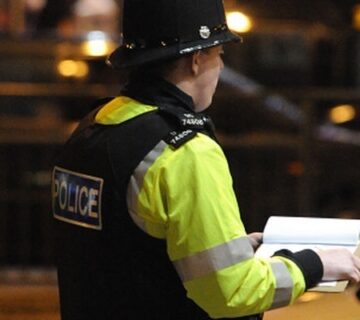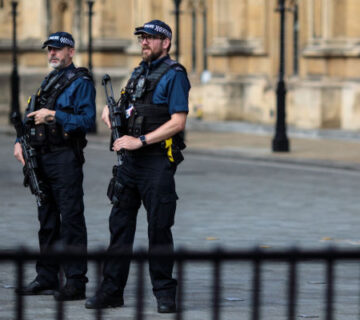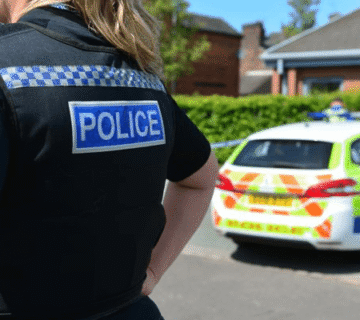Are you anti-social?

Vehicle misuse

Noisy neighbours

Graffiti

Street drinking

Littering

Firework misuse
You are committing anti-social behaviour if you or a group you are with do the following:
- Cause harassment, alarm or distress to any person of another household
- Cause a person to feel personally threatened
- Cause a public nuisance or detrimental impact upon the environment
- Cause a detrimental effect upon the quality of life of an individual or the community as a whole
Although anti-social behaviour is not a crime, the Police can act to stop the behaviour and keep communities safe by following a 3 step process:
- Verbal warning
- Written warning
- Multi-agency meeting
Not enough?
If you are not able to stop your behaviour, there are a number of options open to the police and their partners.
Informal
- Mediation
- Acceptable Behaviour Contract
This is a voluntary written agreement between a young person, usually aged between 10 and 18, and the local authority and police. The young person agrees not to be involved with certain specified anti-social acts. It is usually for 6 months. - Referral to other agencies
- Support and Counselling Services
Legal
- Civil Injunction
Civil Injunctions are used to prevent nuisance and annoyance. It places sanctions on the person to stop their behaviour and to to demand positive actions to address the underlying reasons for their behaviour. - Criminal Behaviour Order (CBO)
These are given at youth court (for under 18s) against the most seriously antisocial individuals. - Community Protection Notice (CPN) 16+
It is aimed at stopping behaviour that is having a negative impact on the local community’s quality of life. It requires behaviour to stop and sometimes to take steps to ensure it is not repeated in the future.
- Public Spaces Protection Order (PSPO)
Public Spaces Protection Orders (PSPO ) are to deal with a particular nuisance in a particular area that is having a detrimental effect on the quality of life for those in the local community. It can prohibit certain things or require specific things to be done. - Dispersal Power
A Dispersal Order means that the Police can ask a group of two or more people to leave the dispersal area if they are doing anything wrong, or if they believe that they may or are likely to cause a nuisance to someone else
Classroom Resources
These lessons help students explore how young people might be recruited into a gang, and consider the choices, risks, and potential consequences for this type of scenario, and ways to get support with gang-related issues.
Category: Crime and ASB, County Lines
Audience: KS3, KS4
Developed by: PSHE Association
Duration (minutes): 3×45
Keywords:
The lessons have been developed for Medway schools in partnership with Medway Public Health Directorate, as an update to the original 2018 pack.
A free lesson pack to help upper KS2 pupils make safe cyber choices and prevent them from unknowingly committing cybercrime, as defined under the Computer Misuse Act 1990.
Category: Crime and ASB, Cyber Crime, Online Safety
Audience: KS2
Developed by: PSHE Association/NCA
Duration (minutes): 2 x 30
Keywords:
Making the right #CyberChoices features a series of fictional characters and real-life, age-appropriate scenarios to encourage pupils to think about why young people commit cybercrime, and the potential consequences — for themselves and others. There are also opportunities for pupils to consider how the same skills being used to commit cybercrime could be used in a more positive way.
The lesson plans from the Home Office are designed to prevent young people becoming involved in serious and organised crime.
Category: Crime and ASB, Drugs, County Lines
Audience: KS3
Developed by: PSHE Association
Duration (minutes): 2×60
Keywords:
The Year 7 lesson will help students recognise unsafe or coercive friendships. The Year 9 lesson explores the impact of serious and organised crime directly, including the example of young people involved in drugs supply with a focus on county lines (transporting drugs across counties).






No comment